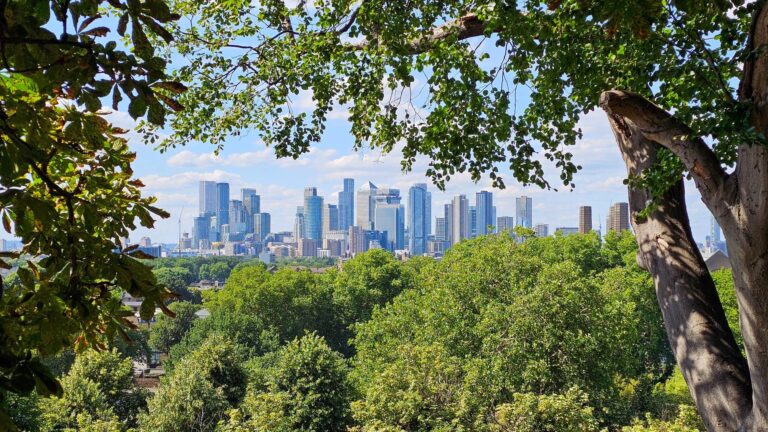After an insightful discussion at the 2021 Natural Capital Summit, we share our thoughts on how biodiversity offsetting may play its part in the environmental market.
We had the pleasure of hosting an engaging roundtable discussion at the 2021 Natural Capital Summit. The proposed question explored the opportunities and challenges of biodiversity offsetting and the ecosystem services associated with habitat creation. Naturally, the conversation first steered towards the pros and cons of offsetting more broadly. Although carbon offsetting is becoming a common way for organisations to compensate for their emissions it is still very much a nascent market and is faced with growing scepticism. As the demand grows for organisations to reach Net Zero, as well as account for the effects of their operations on the natural world, many people are left questioning – are there other ways to offset our environmental impacts?
Hierarchy of Mitigation
Understanding that offsetting should not be considered in isolation was something the roundtable agreed on. The idea of companies offsetting as a solution to their production of GHG without any other consideration for carbon reduction methods or wider ecosystem implications was considered ‘greenwashing’ amongst the group. However, we noted that it is important for organisations to consider the hierarchy for mitigation options when embarking on their journey to Net Zero. That means that before looking at offsetting schemes there are a number of sustainability solutions that can be implemented to help reach, and go beyond, carbon neutrality.
What Metrics to Measure?
When it came to the topic of biodiversity offsetting, there were plenty of questions around how such things can be measured and valued. The metrics and systems used for carbon offsetting cannot be replicated in the same way for biodiversity offsetting, resulting in more questions than resolutions. One of the main things that added to this complexity was the chain impact of biodiversity loss or gain. Trying to clarify how certain biodiversity schemes will impact the larger ecosystem and the recurring effects of such investments is unclear – especially at a macro level. The group discussed how biodiversity loss at a local level is easier to measure, manage, and offset than for large-scale projects.
Money Talks
One thing that we all could agree on if biodiversity offsetting were to become common practice was the creation of financial incentives. The comment from President Jair Bolsonaro to Biden’s administration about providing $1billion to reduce deforestation by 40% was mentioned as a good example of the demand for financial incentivisation with respect to habitat protection. The realisation that we cannot rely solely on regulation, but must also adopt financial and market-based mechanisms, to ensure a worldwide adoption of such environmental solutions was met with agreeing nods. One person mentioned that as long as the destruction of forests remains more profitable than their protection or restoration, we will only make limited progress.
Holistic Approach
We concluded that biodiversity offsetting may become a part of the voluntary carbon markets via the quantification of co-benefits. Although there were many questions – and hesitations – when discussing its implementation, we ended the conversation highlighting how some organisations have started their journey in considering more than just offsetting carbon alone. There is a growing understanding of offsetting and the requirement to adopt more of a holistic approach. The increasing awareness of the many variables that factor into the environmental challenges we face today is demonstrated by the strategic use of Sustainable Development Goals to identify and measure environmental commitments by organisations.
At the 2021 Natural Capital Summit we also had a panel discussion on ‘Metrics and targets: modelling nature-related risks and opportunities.’ You can watch the recording here.





